What to mine after Ethereum moves to POS? A detailed breakdown of cryptocurrencies to mine
The developers of Ethereum have long been making plans to stop mining their cryptocurrency entirely and switch to stacking. In simple words, they want to get rid of video card farms and encourage those users who simply store their cryptocurrency in special wallets connected to a shared network 24/7. It looks like the developers are now more serious than ever and ETH could move from POW to POS as early as 2022. Let’s look together at what miners should do and how to use their equipment when that happens.
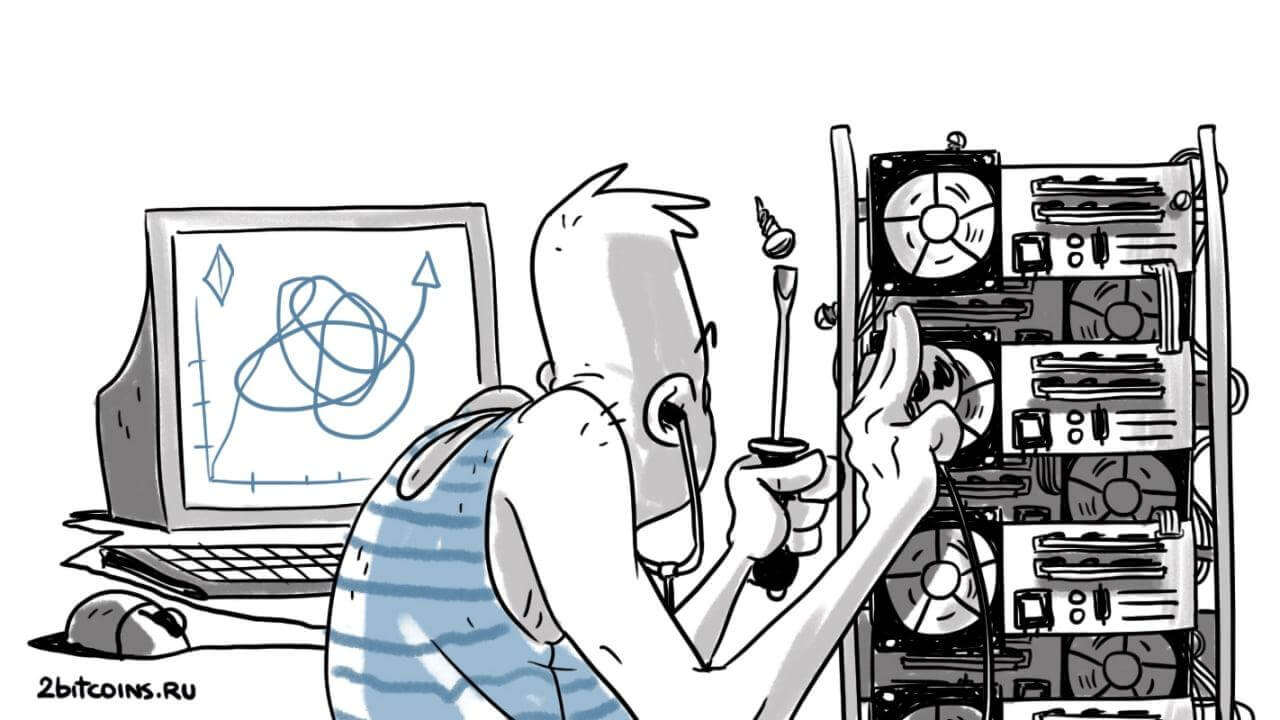
Contents
- 1 Why is everyone mining Ethereum?
- 2 What video card mining algorithms exist?
- 2. 1 Cold algorithms
- 2.2 Hot Algorithms
- 2.3 Comparison of mining algorithms
- 3 How to mine Ravencoin
- 4 Yields of Ethereum Classic (ETC) mining
- 5 How to mine ERGO
- 6 How to mine Firo cryptocurrency
- 7 How to mine Cortex
- 8 What cryptocurrency to mine after Ethereum?
Why does everyone mine Ethereum?
The vast majority of miners at the moment are mining Ethereum cryptocurrency, as it holds the leading position in terms of returns on most video cards. You can easily see that by opening the 2CryptoCalc mining yield calculator.

The most profitable cryptocurrencies for mining
Despite the fact that this cryptocurrency is very demanding to the memory capacity of video cards and every 3-4 days you need 8 Mb more, many newbies with one card try to mine it, and then suffer from too high commissions when getting their payout. 2Miners pool has created a unique payout system that allows you to receive your payouts daily and without commissions. Read more in this article.
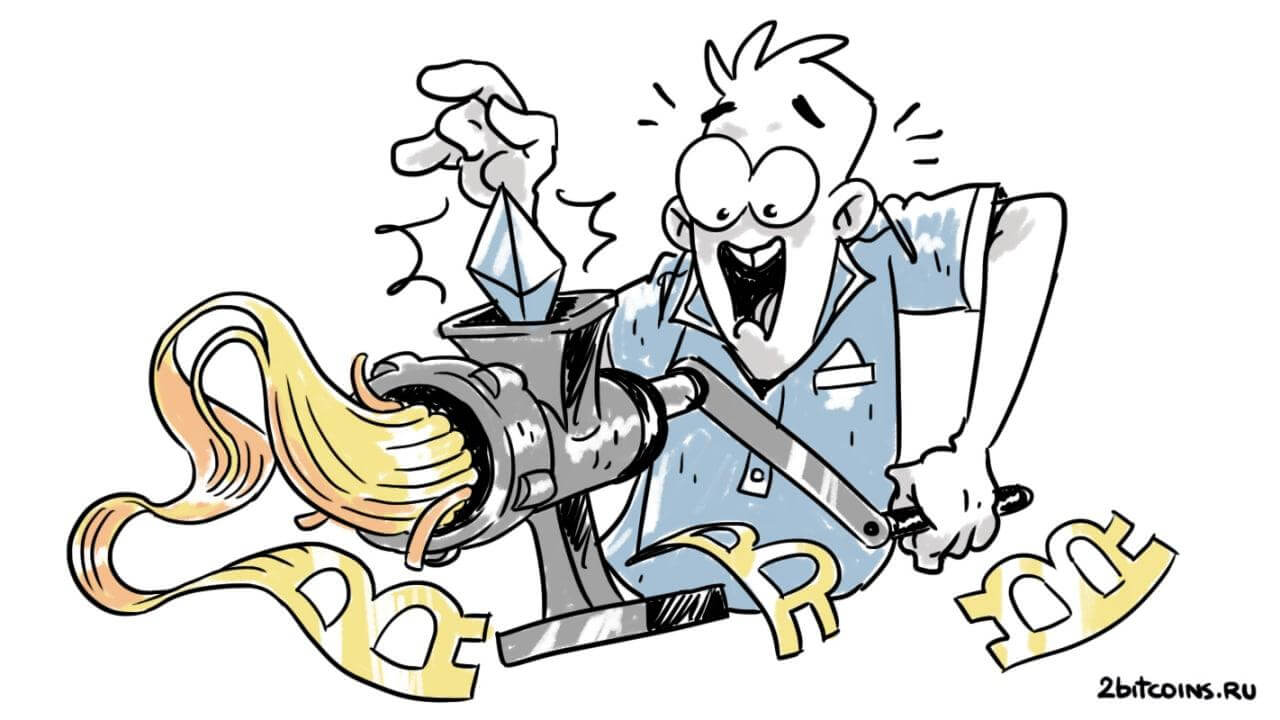
Etherium mining and Bitcoin rewards
What video card mining algorithms are there?
Let’s divide the most popular mining algorithms into two notional groups – cold ❄️ and hot 🔥. We talked about this in detail in the article “What is mining? A novice miner’s bible and the basics of overclocking video cards on different algorithms”.
Cold algorithms
Cold algorithms are using mainly video memory, that is why we increase video memory (Memory Clock or MC), and video core (Core Clock or CC) frequency we either do not change or decrease. In operation, such algorithms are characterized by relatively low power consumption (Power), low core temp, but elevated memory temp.
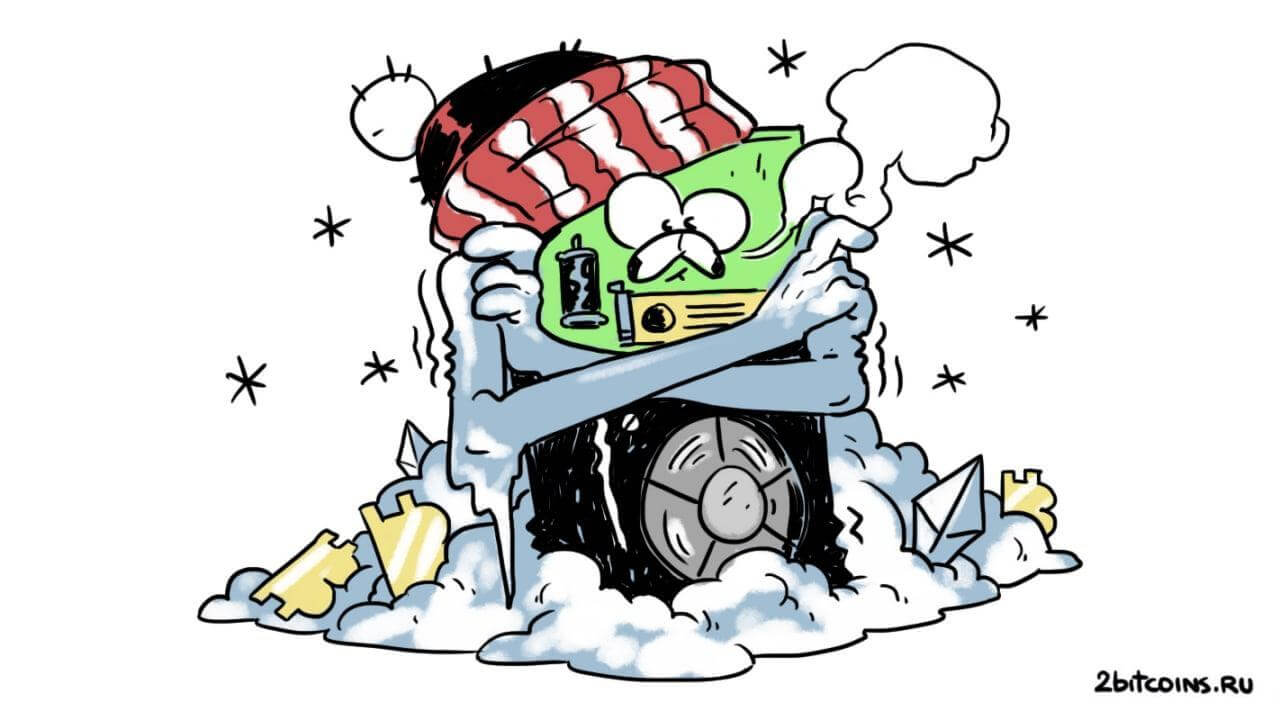
Cold Mining Algorithms
Cold algorithms:Ethash (Ethereum), Etchash (Ethereum Classic), Autolykos2 (Ergo).
Sometimes there is a separate category of neutral algorithms, those that only increase the frequency of the video core. They include all algorithms of Cuckoo family: CuckooCortex (Cortex), CuckooCycle (Aeternity), Cuckatoo32 (Grin).
Hot algorithms
Hot algorithms use both video core and video memory, that is why we increase video core frequency (Core Clock or CC) and video memory frequency (Memory Clock or MC). In operation, such algorithms are characterized by higher power consumption (Power), higher core temp (Core temp), and higher memory temp (Memory temp).
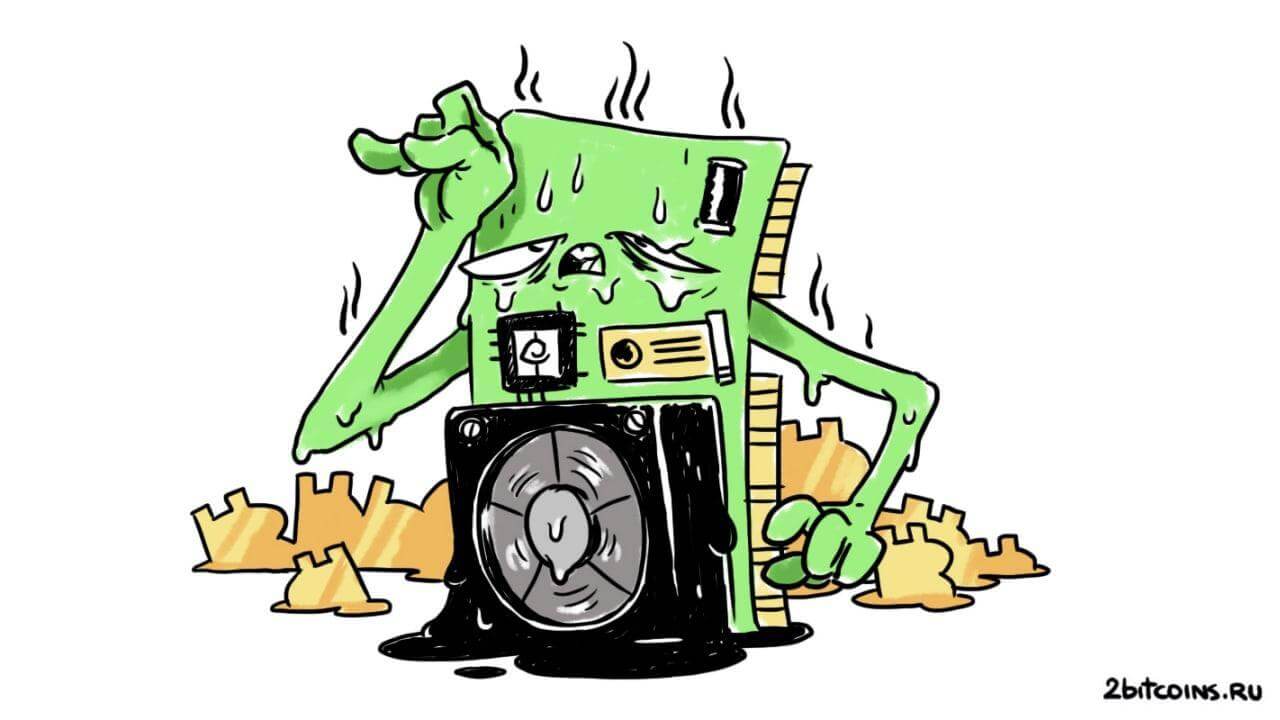
Hot Mining Algorithms
Hot Algorithms: KAWPOW (Ravencoin), FiroPow (FIRO), BeamHashV3 (BEAM), Equihash 144.5 (Bitcoin Gold).
Comparing mining algorithms
You can compare the algorithms in the table below. For example, we took the overclocking parameters of the Nvidia 3080Ti graphics card. The table shows the hash rate of the video card, the core and memory temperatures of the video card, as well as its power consumption. If you want to understand the principles of overclocking and learn how to overclock any graphics card, read “How to overclock Nvidia and AMD graphics cards for mining with different algorithms”.

Nvidia RTX 3080 Ti graphics card overclocking figures
Note that power consumption is also different on different algorithms. This factor can be very important when choosing a coin to mine. For example, if you go to the calculator and see that for your video card the yield of mining Ethereum Classic (ETC) and Ravencoin (RVN) is the same, you should choose ETC. You will save 25% on electricity compared to RVN.
The algorithms listed in the table above are the main competitors of Ethereum’s Ethash algorithm. Orange indicates hot algorithms and blue indicates cold algorithms. Let’s take a closer look at the main coins of these algorithms, the profitability of their mining and other features.
How to mine Ravencoin
In 2021, Ravencoin (RVN) made its way to the second most popular among video card miners, primarily due to its value growth, but also due to its simplicity and low hardware requirements. Not long ago you could mine it even on graphics cards with 3GB of video memory, now you need 4GB, which is also not too much compared to many competitors.

Ravencoin miner
High stability of the farms, presence of the coin on many exchanges, relative stability of the exchange rates – all these factors lead to popularity of mining this currency.
Top-end cards of the latest generation (with 8+ GB of memory) due to the “simplicity” of the algorithm cannot show its full potential, and especially its advantage in high-speed memory, so they can often be profitable cool algorithms that are honed on the use of memory: CuckooCortex, Etchash, Autolykos2, CuckooCycle, Cuckatoo32.
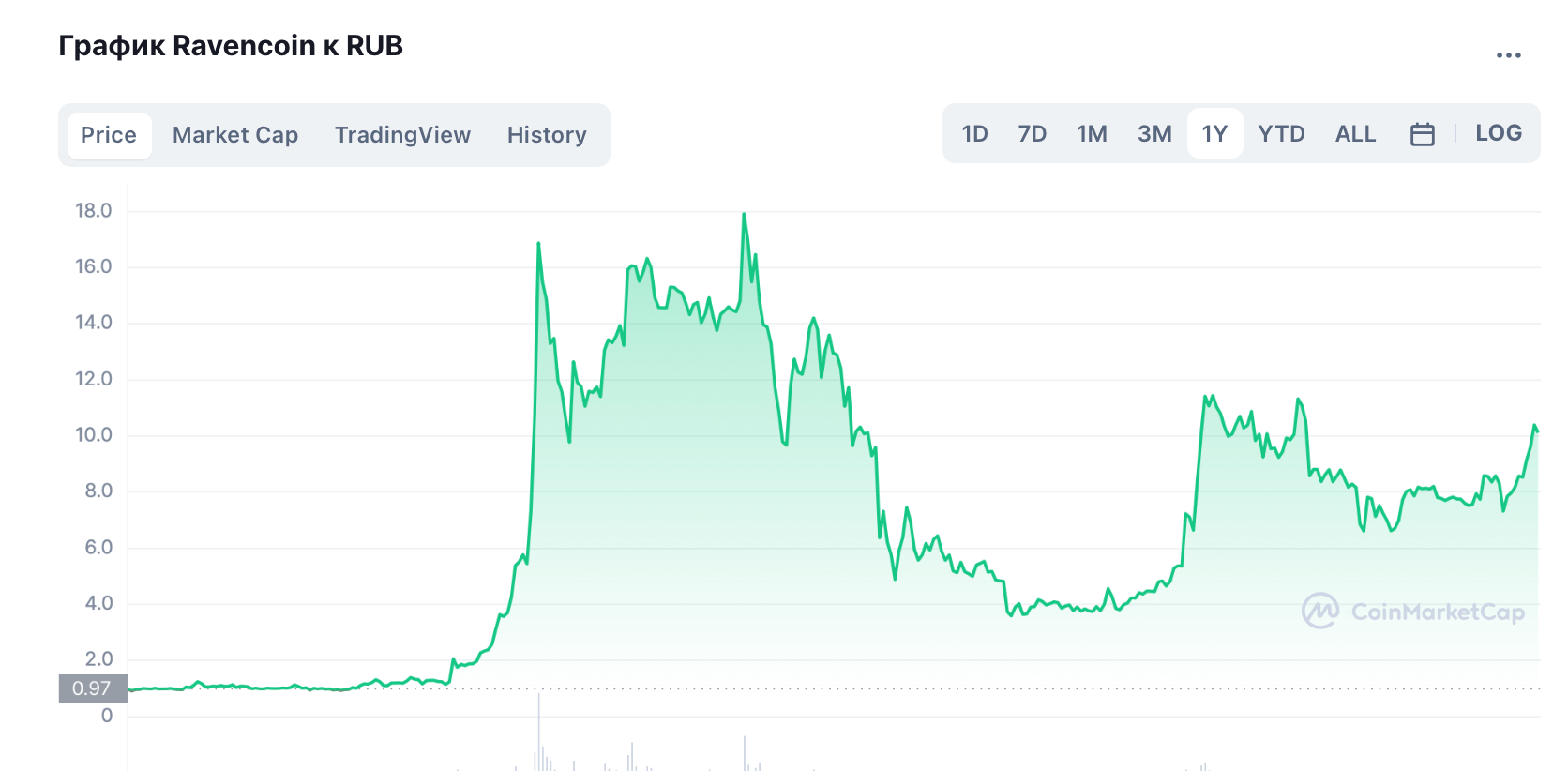
Ravencoin exchange rate graph for the year
Ravencoin mining parameters:
- Mining algorithm: KAWPOW (Hot 🔥)
- Minimum memory size of video card: 4GB
- Reward per block: 5000 RVN
- Average block time: 1 minute
- Traded on exchanges: Binance, Huobi, Gate, Bittrex and others.
- Place in the ranking of cryptocurrencies: 89.
It is estimated that more than 60 thousand miners are mining RVN.

Ravencoin mining profitability on Nvidia RTX 3080 Ti
A ready-made bat file for mining RVN can always be found on the “How to Get Started” page of the Ravencoin pool. Example for Gminer miner.
miner.exe --algo kawpow --server rvn.2miners.com:6060 --user YOUR_WALLET_ADDRESS.RIG_ID --pass x
pause
For T-rex.
t-rex.exe -a kawpow -o stratum+tcp://rvn.2miners.com:6060 -u YOUR_WALLET_ADDRESS.RIG_ID -p x
pause
A guide to Ravencoin mining can be found here.
Returns on Ethereum Classic (ETC) mining
Ethereum Classic (ETC) is the original Ethereum network, which resisted the application of a controversial update by Ethereum developers back in 2016, splitting off from the main ETH branch as a result of the hardfork.

Ethereum Classic miner
After a series of very powerful 51% attacks on the ETC network, the developers of this currency realised that staying in the shadow of ether and using the same mining algorithm wasn’t safe and slightly changed the currency’s algorithm. Additionally, they halved the size of the DAG file placed in video card memory and allowed even cards with 3GB on board to mine. The DAG file of ETC is of course growing again, and in 2022 3 GB cards will no longer be able to mine this currency even on Linux systems.
Right now, this currency is optimal for a huge number of older graphics cards with 4GB of memory on board. In addition, it is present on a large number of cryptocurrency exchanges, which provides a quick exchange to other cryptocurrencies or fiat money with minimal losses.
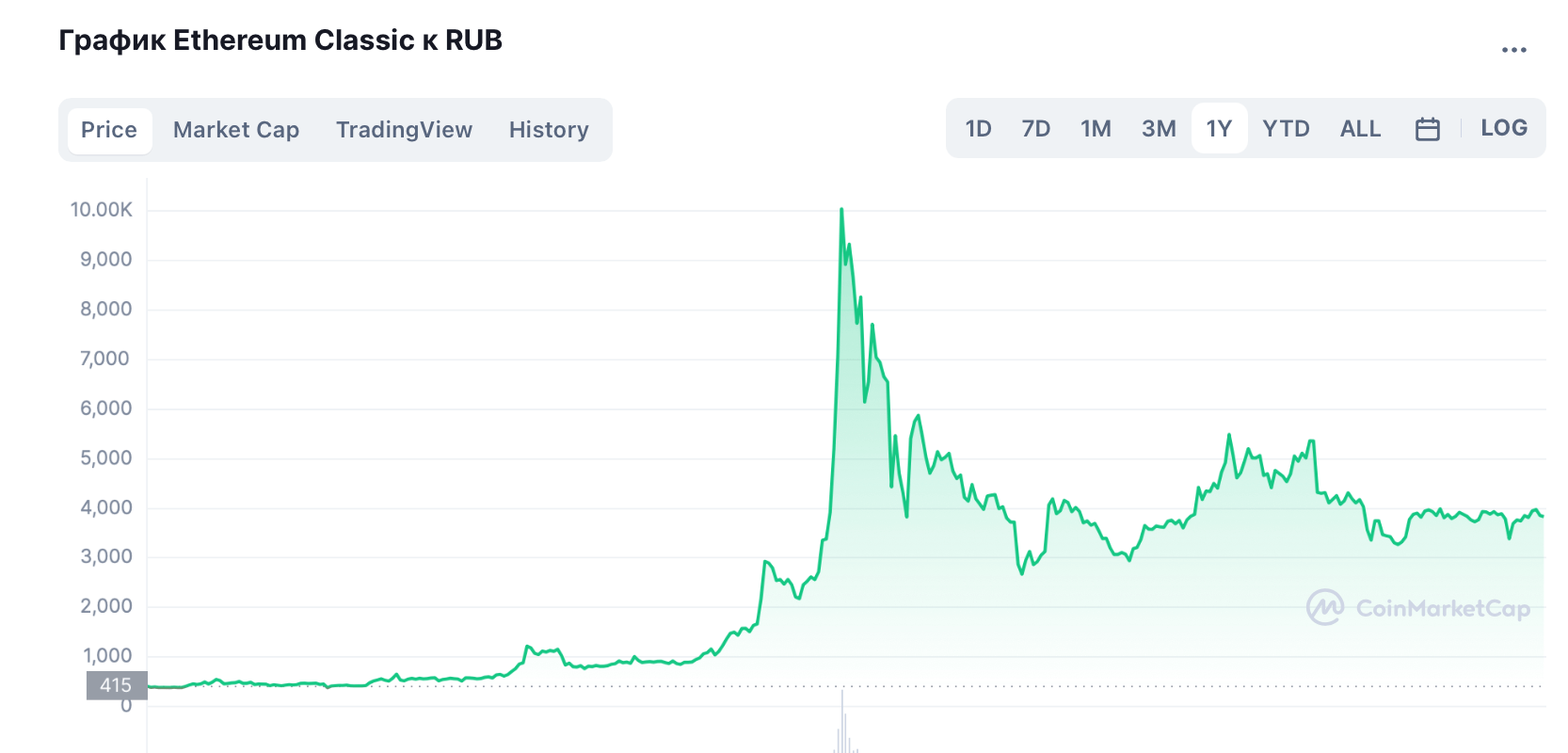
Ethereum Classic exchange rate chart for the year
- Mining algorithm: Etchash (Cold ❄️)
- Minimum video card memory: 3 GB
- Reward per block: 3.2 ETC
- Average block time: 13 seconds
- Exchange: Binance, Huobi, Gate, Bittrex, KuCoin, Coinbase and others
- Cryptocurrency ranking: 33.
It is estimated that Ethereum-classic is mined by 90 thousand miners worldwide, or about 900 thousand video cards with an average speed of 30Mh.
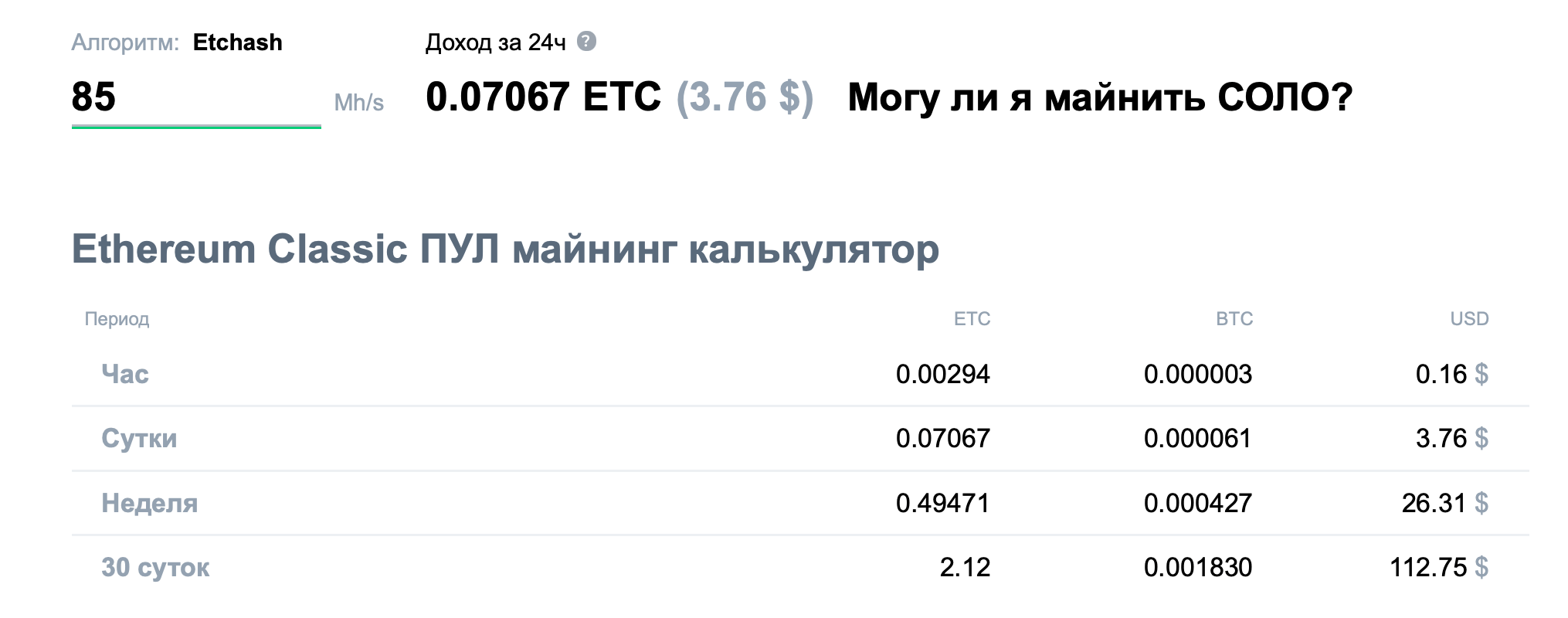
Returns on mining Ethereum Classic on Nvidia RTX 3080 Ti
A ready-made mining bat file can always be found on the Ethereum Classic pool “How to Get Started” page. Example for lolMiner miner (AMD graphics cards).
lolMiner.exe --algo ETCHASH --pool etc.2miners.com:1010 --user YOUR_WALLET_ADDRESS.RIG_ID
pause
Here is data for Gminer, you can use it for AMD and Nvidia.
miner.exe --algo etchash --server etc.2miners.com:1010 --user YOUR_WALLET_ADDRESS.RIG_ID
pause
And for T-Rex (Nvidia only).
t-rex.exe -a etchash -o stratum+tcp://etc.2miners.com:1010 -u YOUR_WALLET_ADDRESS -w RIG_ID -p x
pause
For a description of how to mine Ethereum Classic click here.
How to mine ERGO
ERGO is the youngest coin on our list. The fast and unpretentious mining algorithm can even mine cards with as little as 3GB of video memory.
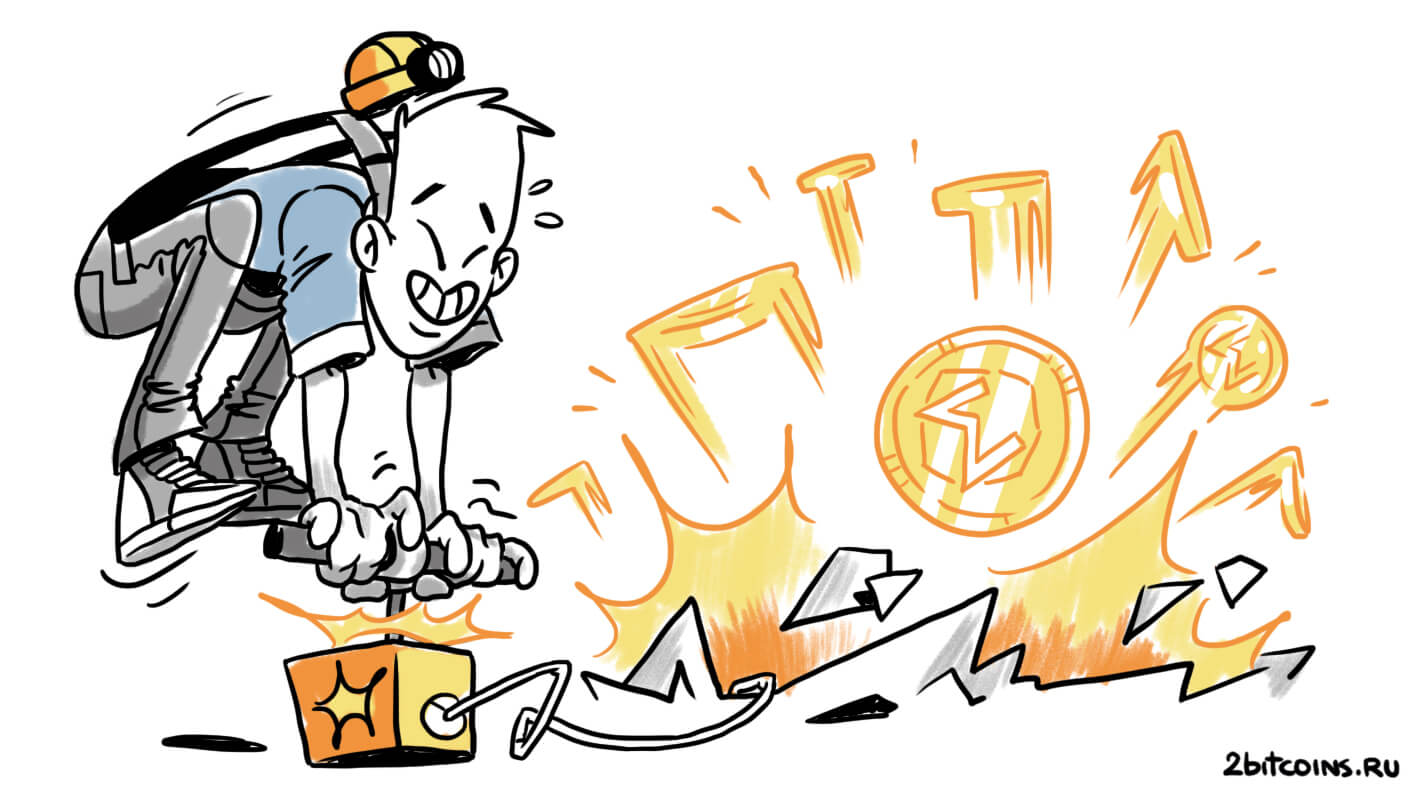
Ergo Miner
This coin was able to pull almost a quarter of miners from the ETC algorithm in a very short time, mostly cards with 3GB and 4GB of video memory.
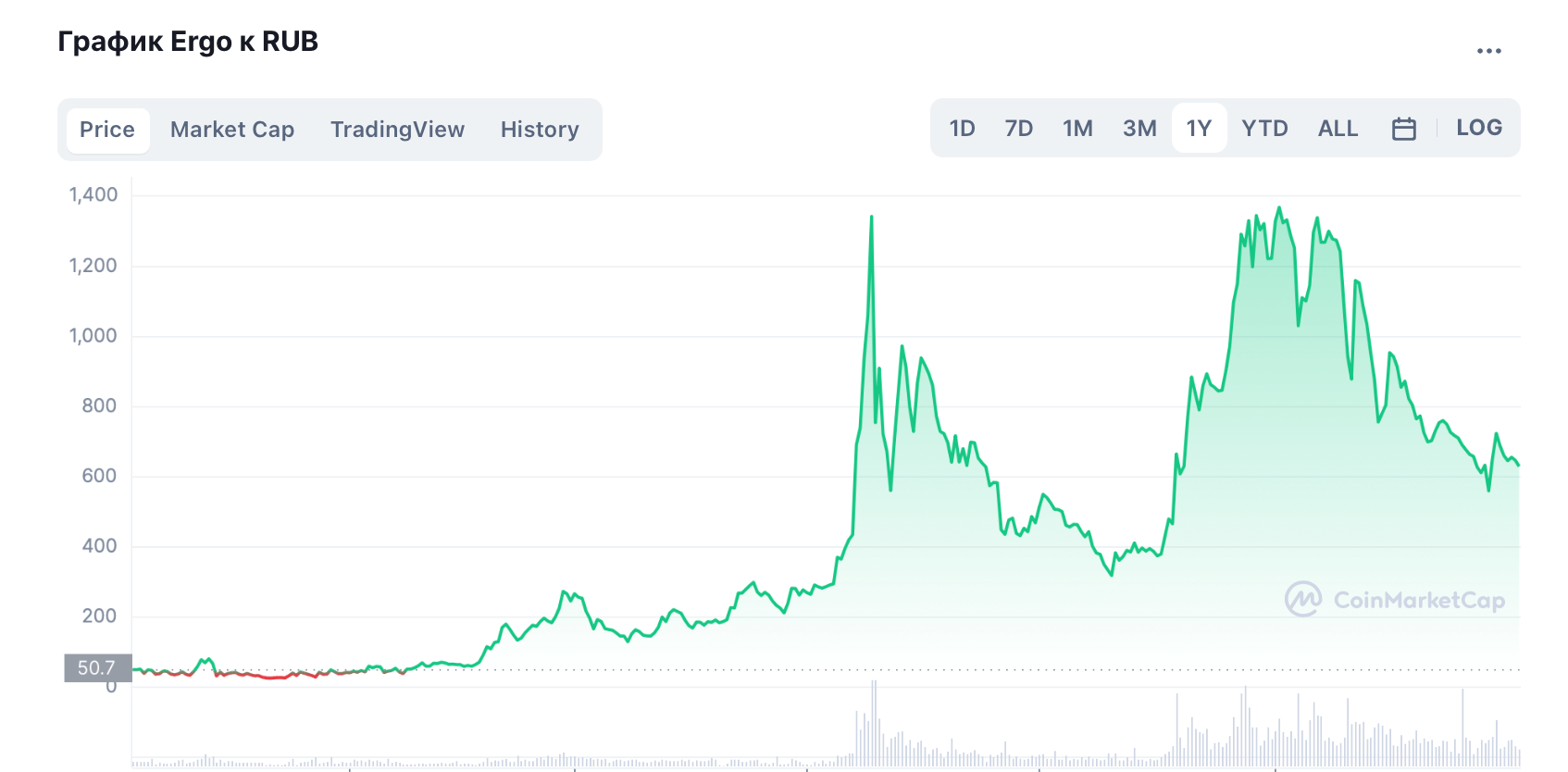
Ergo rate chart for the year
- Mining algorithm: Autolykos2 (Cold ❄️)
- Minimum memory size of video card: 3 GB
- Block Reward: 67.5 ERG
- Average block time: 140 seconds.
- Traded on exchanges: Gate, KuCoin, CoinEx, HotBit and others.
- Cryptocurrency ranking: 198.
This coin is mined worldwide by 20 to 30 thousand miners or 200,000 to 300,000 cards. Estimates vary greatly due to the significant difference in the types of cards on the algorithm.
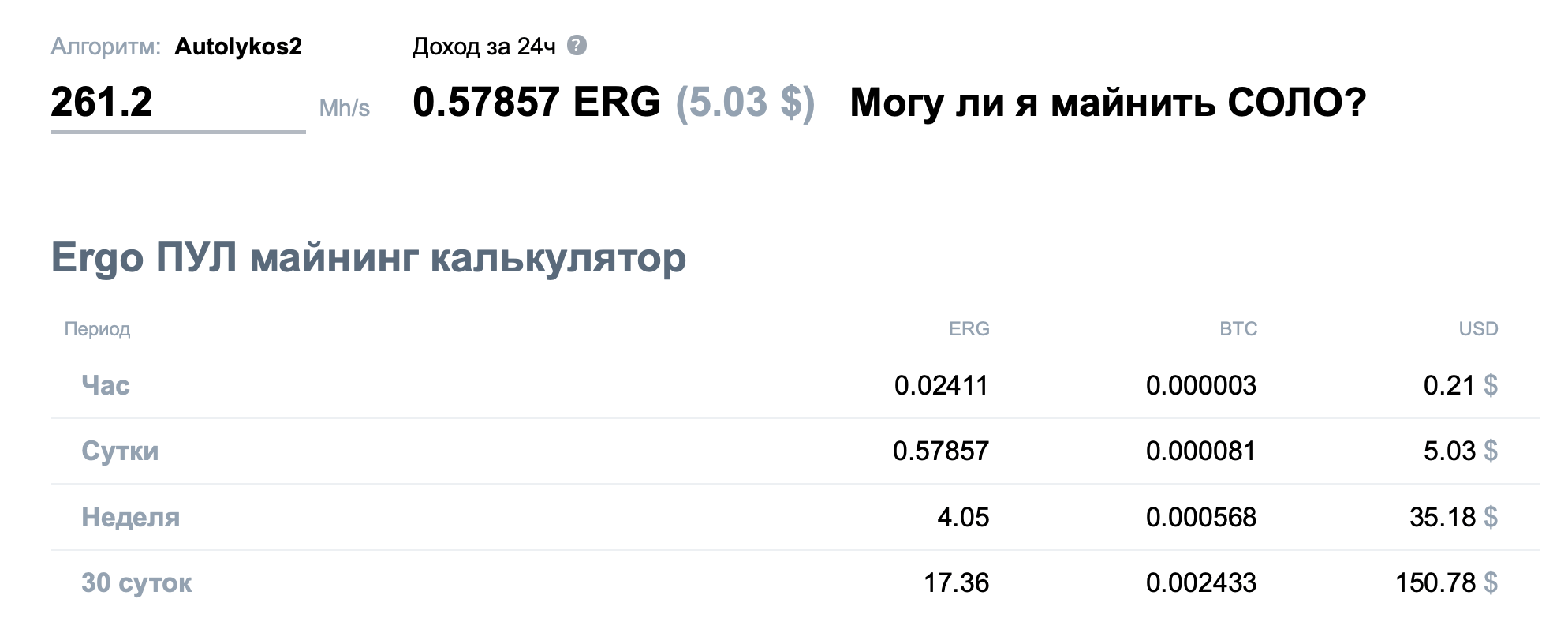
Ergo mining yields on Nvidia RTX 3080 Ti
You can always find the ready bat file for mining on the “How to Get Started” page of the ERGO pool. For Nvidia take T-rex.
t-rex.exe -a autolykos2 -o stratum+tcp://erg.2miners.com:8888 -u YOUR_WALLET_ADDRESS -w RIG_ID -p x
pause
For AMD – Team Red Miner.
teamredminer.exe -a autolykos2 -o stratum+tcp://erg.2miners.com:8888 -u YOUR_WALLET_ADDRESS.RIG_ID -p x
pause
Read Ergo mining guide by clicking here.
Mining Firo Cryptocurrency
Until recently, the FIRO coin used a very heavy MTP algorithm that required more than 5GB of video memory. It also generated solid internet traffic for the pool and the miner, as each balloon reached a size of 200KB, hundreds of times the size of any other algorithm’s balloon.
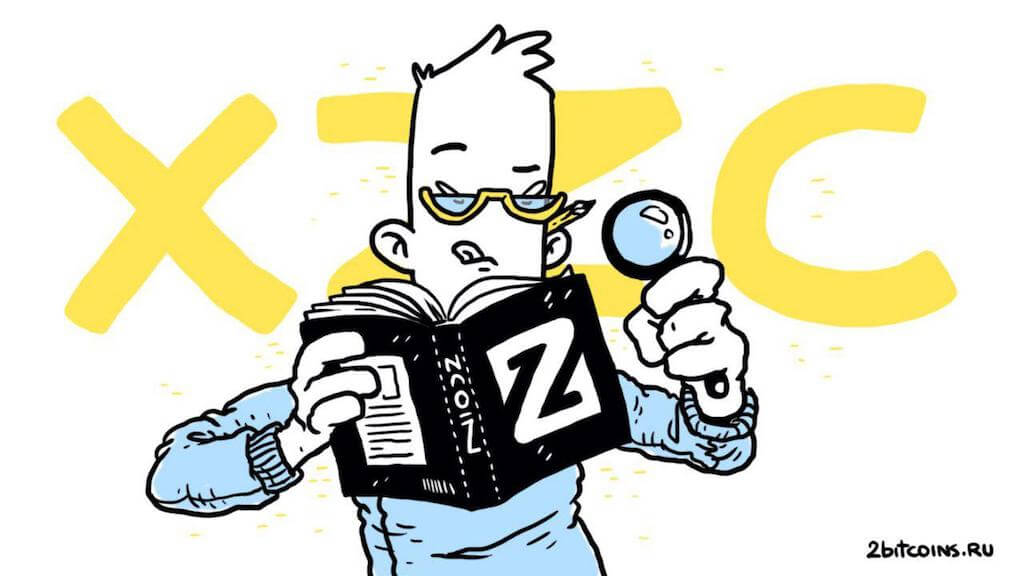
Firo (Zcoin) Miner
On October 26th, developers made a global algorithm update, and replaced MTP algorithm with FiroPoW. FiroPoW is a modification of the ProgPoW algorithm, which was developed for the Ethereum network but was never implemented. It is a ‘sibling’ of the KAWPOW algorithm, which uses Ravencoin.
FIRO’s FiroPoW is almost identical to the RVN coin algorithm. The only difference is that the DAG file size is larger and FiroPoW currently requires just over 4 GB of video memory. The DAG file will grow by 1GB every 1.5 years, which should make it impossible to mine on cards with 6GB of video memory by the end of 2024.
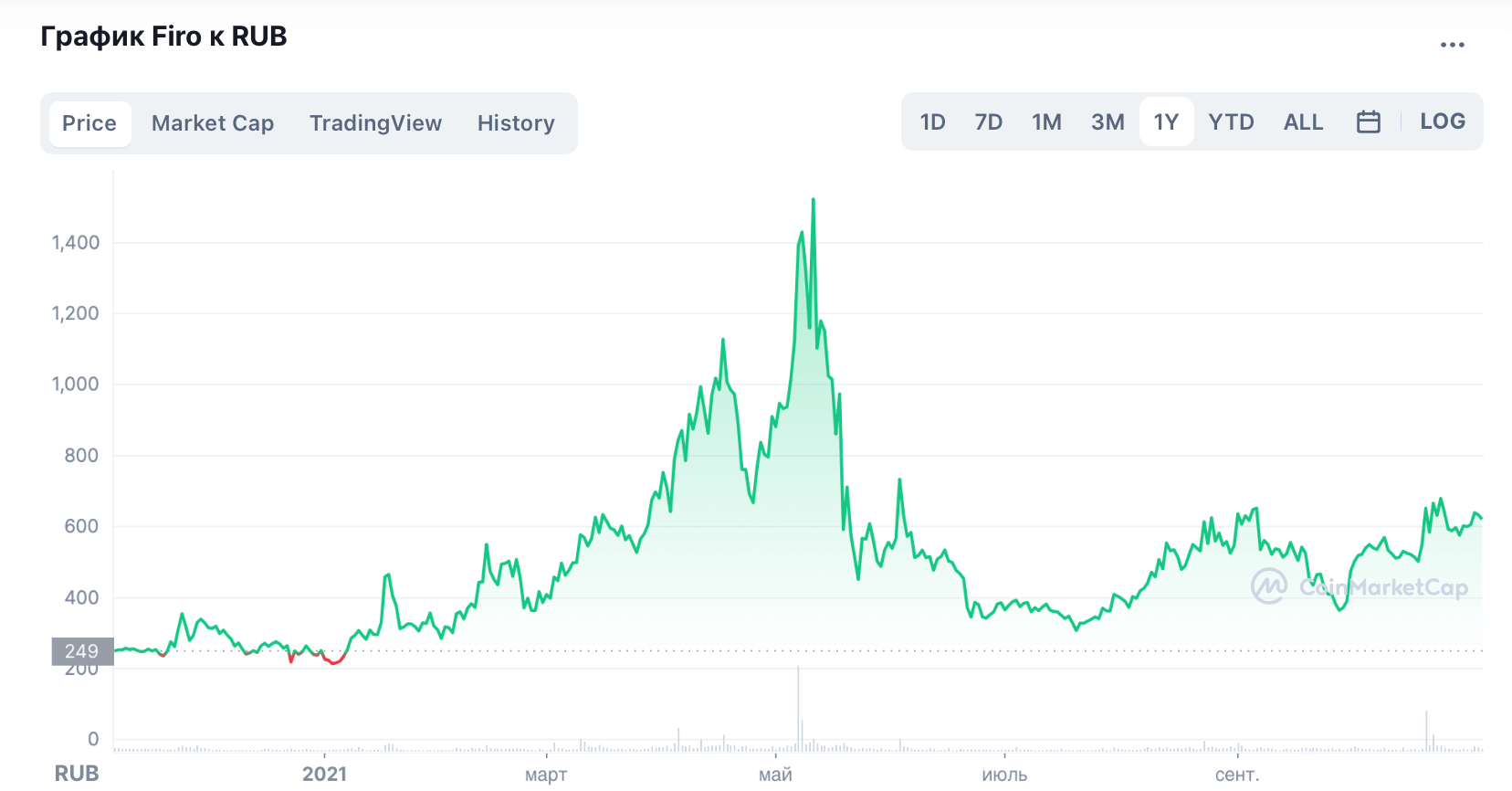
Firo exchange rate graph for the year
- Mining algorithm: FiroPoW (Hot 🔥)
- Minimum memory size of video card: 6GB
- Reward per block: 6.25 FIRO
- Average time of block: 5 min.
- Traded on exchanges: Binance, Huobi, Gate, Bittrex, HitBTC and others.
- Cryptocurrency ranking: 440.
FIRO is now mined by at least five thousand video cards around the world.

Firo mining returns on Nvidia RTX 3080 Ti
A ready-made bat file for mining can always be found on the FIRO pool “How to Get Started” page. Example of bat-file for T-Rex (Nvidia) miner.
t-rex.exe -a firopow -o stratum+tcp://firo.2miners.com:8181 -u YOUR_WALLET_ADDRESS.RIG_ID -p x
pause
And for Team Red Miner (AMD).
teamredminer.exe -a firopow -o stratum+tcp://firo.2miners.com:8181 -u YOUR_WALLET_ADDRESS.RIG_ID -p x
pause
Here we told you how to mine Firo (Zcoin).
How to mine Cortex
Cortex (CTXC) uses CuckooCortex mining algorithm. Mining with this algorithm is heavily dependent on the memory of the video card and gives a significant speed boost on top-of-the-line cards from the manufacturer Nvidia – for example a 1080ti, 2080 or 3090.
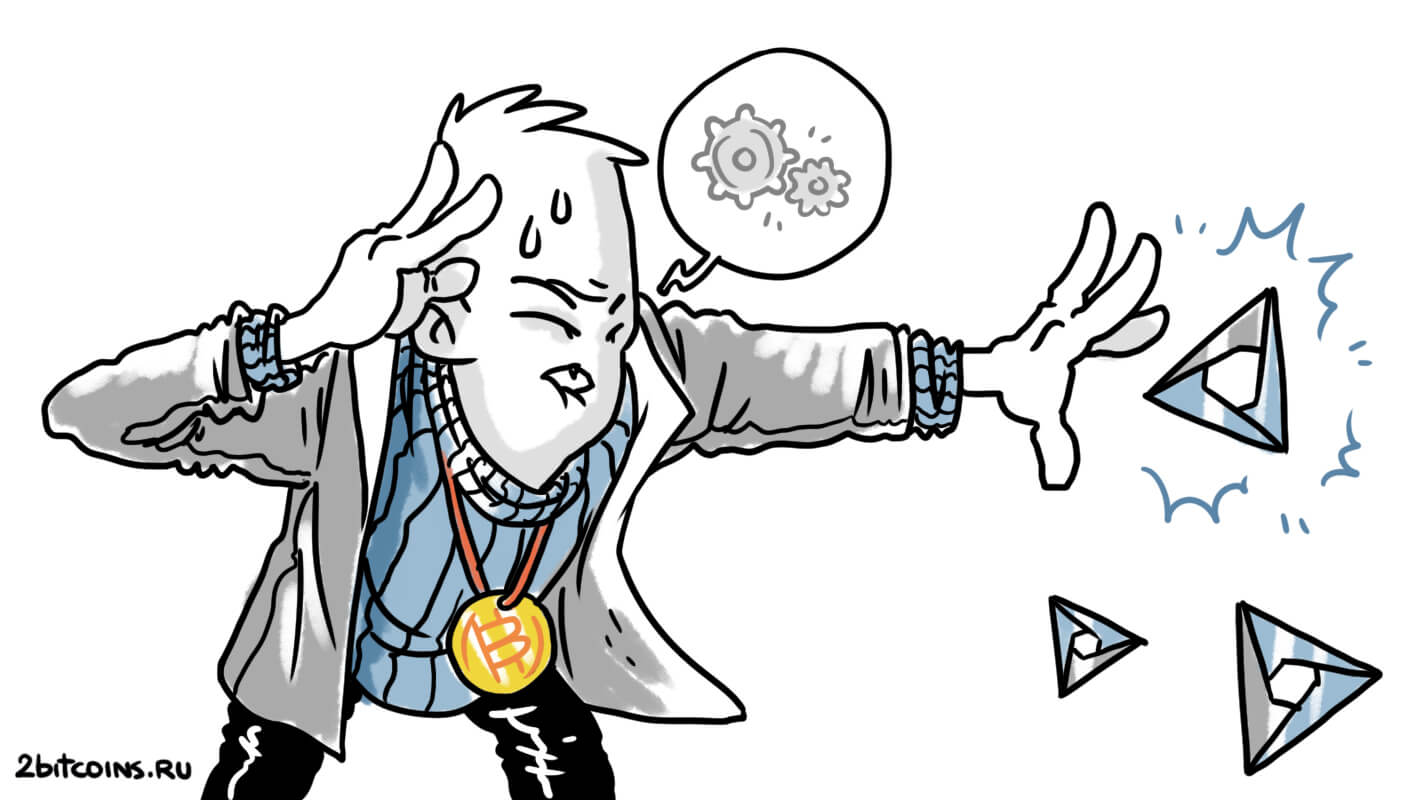
Cortex Miner
Coin exchange rates and mining difficulty can vary a lot even during the day and night, that is why miners like the coin and are constantly monitoring the changes in the difficulty of the network. If you are able to switch your mining power to this coin for a few hours at the time of a difficulty slump or rate hike, Cortex is your choice.
The uniqueness of the CuckooCortex algorithm lies in its broad ability to change the energy efficiency of mining. For instance, you can “clamp” your card to achieve 80% hash rate while saving 40% power, or vice versa you can overclock the card by additional 20% but increase the power consumption by almost 1.5 times – which may make sense if you have a cheap power outlet.
The CTXC mining algorithm is demanding on the memory size of the video card. If you’re mining on Windows 7 or Linux, video cards with 8GB or more of memory are required. To mine on Windows 10 you need at least 10GB – pay attention to this.

Cortex rate graph for the year
- Mining Algorithm: CuckooCortex (Cold ❄️)
- Minimum memory size for video card: 8 GB
- Reward per Block: 7 CTXC
- Average block time: 13.5 seconds
- Traded on exchanges: Binance, Huobi, OKEx, CoinEx and others.
- Cryptocurrency ranking: 679.

Cortex mining profitability on Nvidia RTX 3080 Ti
A ready-made bat file for mining can always be found on the “How to Get Started” page of the Cortex pool. Here is an example of bat-file for AMD video cards – lolMiner.
lolMiner.exe --coin CTXC --pool ctxc.2miners.com:2222 --user YOUR_WALLET_ADDRESS.RIG_ID
pause
Gminer for Nvidia cards.
miner.exe --algo cortex --server ctxc.2miners.com --port 2222 --user YOUR_WALLET_ADDRESS.RIG_ID
pause
There is a guide to mining Cortex at the link.
What cryptocurrency to mine after Ethereum?
Most miners in the world mine the cryptocurrencies that bring them the most revenue. Remember, mining is the process of making money with your equipment. You do not need to guess what will increase in value in a month. You only need to mine the most profitable coins in the here and now. If you are sure that another coin will “bring in X” you can always buy it with the income from mining. That will be more efficient.
Right now the most profitable coins after Ethereum are FIRO, Ravencoin and Cortex. Keep in mind that things can change quickly, i.e. in a day or even in an hour.

Cryptocurrency miner
The system of all cryptocurrencies that are mined on video cards can be rightly considered closed: miners often switch from one coin to another depending on the profitability of mining. How to choose the best coin at the moment? Use the 2CryptoCalc.com calculator. Enter your video cards and their amount and the calculator will give you a list of the most profitable coins at the moment.
Read detailed guide "How to use 2CryptoCalc mining yield calculator: detailed instructions".
Keep in mind that different mining algorithms can consume different amounts of electricity, this factor, along with profitability, is worth considering when choosing a cryptocurrency to mine.
Check out our Telegram-chat, where you can discuss all the details of the article and talk about the future of mining.















